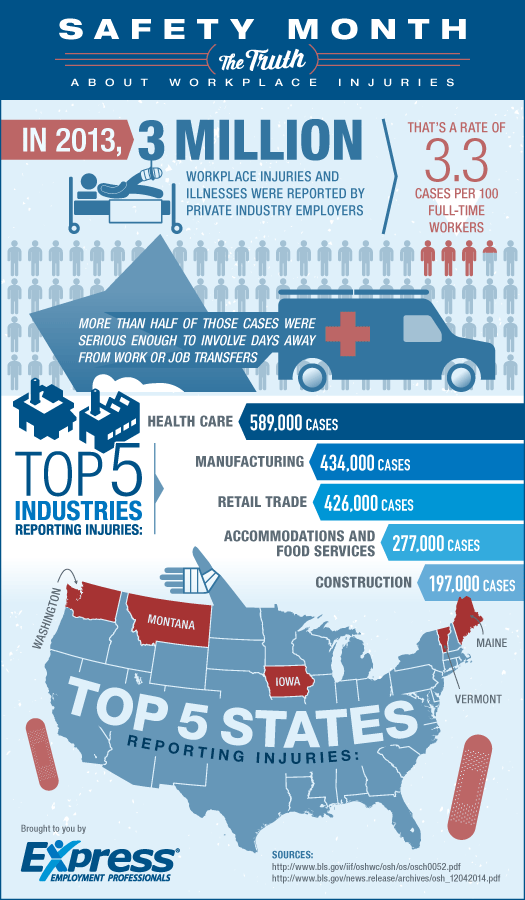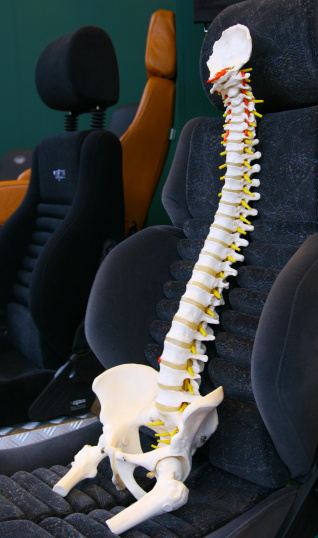 It’s the height of the holiday season, which means many retailers are experiencing a sharp increase in staff, stock, and customers. And while the spike in store traffic is great for job seekers and business alike, it also means an increase in hazards and risks on the job.
It’s the height of the holiday season, which means many retailers are experiencing a sharp increase in staff, stock, and customers. And while the spike in store traffic is great for job seekers and business alike, it also means an increase in hazards and risks on the job.
To help keep yourself, your co-workers, and the customers safe during busy holiday shopping days, check out these tips!
Know the risks.
Some of the risks associated with the holiday shopping season are ones that exist in the workplace every day, regardless of the time of year. Such risks include ergonomic issues that lead to numbness and pain, like carpel tunnel syndrome or muscle and joint problems. During the holiday season, workers may experience an increased need to reach high places and work at a more frantic pace, increasing the risk of injuries.
Establish safety guidelines.
Your employers should have safety procedures in place to help protect you and other workers from injury. It’s your job to follow those procedures. Retail employers need to be sure the workplace is properly staffed, properly organized, and that employees are not so rushed to complete tasks that they overlook basic safety procedures. All employees should report any unsafe or hazardous conditions to their supervisors so they can respond to reports quickly and safely.
Protect yourself.
To protect yourself on the job, make sure you use proper lifting techniques, avoid twisting and reaching overhead as much as you can, and communicate any difficulties you experience to your supervisor.
Watch out for the customers.
A safety concern that is easily overlooked is the increased hazards to the public while shopping in the aisles of retail stores. Stocking activity can be much higher during hours customers are present, and many employees will be performing stocking tasks in close proximity to customers. Due to the high business volume of the season, customers are often exposed to more equipment and stock on the sales floor and activity above their heads and feet. To deal with this additional liability, employers can move merchandise and equipment through stores using an additional employee to direct traffic on the aisles, stock heavier items on lower shelves, and ensure everyone is trained and aware of the special hazards associated with customer interaction.
Understand the regulations.
Crowd safety has become an important topic during peak holiday hours like Black Friday. The Occupational Safety and Health Administration (OSHA) has a website dedicated to helping retail employees manage crowds on special shopping days. They encourage employers and their employees to plan, communicate, and have an emergency response procedure in place. Check out OSHA’s website for more information.
As with other days of the year, it’s very important to maintain safe working conditions during the busy season. Making sure you’re following proper procedures can ensure that you go home healthy and happy to enjoy the holidays with friends and family.
Movin’ On Up is brought to you by Express Employment Professionals.




 There’s still a large debate in the workforce about
There’s still a large debate in the workforce about